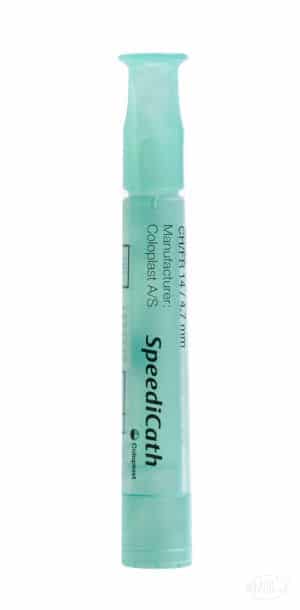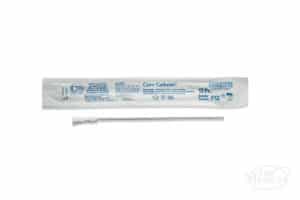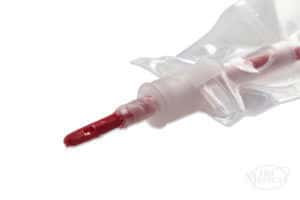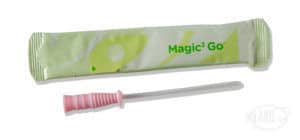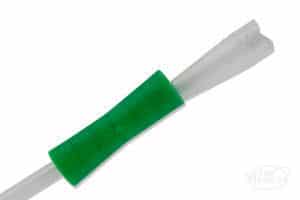
What material are catheters made of? Which catheter material is best? You may have a lot of questions like this, especially if you’re new to using catheters. 180 Medical offers a wealth of helpful resources on our blog to assist you in learning about using catheters and the various types available. In this post, we discuss catheter materials.
The Most Common Catheter Materials
Did you know that not all catheters are the same? In addition to different catheter types, catheter lengths, and catheter French sizes, the material a catheter is made of can play a part in whether or not it will fit your needs. After all, when it comes to catheters, what works for one person may not always work for another.
For example, some people prefer the softness and flexibility of red rubber catheters. However, if you have a latex allergy, this catheter material wouldn’t work well for you in this case because its main component is latex.
Let’s break down the most common catheter materials as well as some of their features.
Vinyl Catheters
 First, the most popular catheter material is vinyl, which is also known as PVC (polyvinyl chloride). Vinyl urethral catheters are clear, firm, and pliable. The flexibility depends on the specific brand and formulation. Also, many manufacturers use plasticizers in varying degrees to make their vinyl catheters more pliable.
First, the most popular catheter material is vinyl, which is also known as PVC (polyvinyl chloride). Vinyl urethral catheters are clear, firm, and pliable. The flexibility depends on the specific brand and formulation. Also, many manufacturers use plasticizers in varying degrees to make their vinyl catheters more pliable.
Here are some of the primary features of vinyl catheters:
- Firm while also flexible
- Clear material allows you to see your output
- Color-coded funnel to determine French size
- Some catheters are available without a funnel
- Often latex-free
View 180 Medical’s Catheter Showcase
Red Rubber Latex Catheters
Red rubber latex is thermo-sensitive, which means this catheter material easily warms up to the surrounding temperatures to become pliable. Some people prefer the flexibility of red rubber latex catheters, while others have more difficulties with insertion.
- May appear red, brown, or orange, depending on the manufacturer
- Opaque from insertion tip to funnel end
- Not color-coded for French size identification
- Not suitable for those with latex allergies or sensitivities
View More Red Rubber Catheters
Silicone Catheters
Silicone is one of the top materials of choice, due to it being highly tested and widely used over time.
- Super smooth material
- Flexibility lies somewhere between vinyl and rubber latex
- Latex-free and often DEHP-free
- Clear for viewing urine output
- Some brands feature a color-coded funnel for easy French size identification, while others are entirely silicone from insertion tip to funnel
DEHP-Free Catheters
Many people want to learn more about the benefits of having a catheter without DEHP, which is a chemical plasticizer. Vinyl, silicone, and even some red rubber latex catheters can be free of DEHP, depending on the manufacturer.
You can learn more about DEHP and why certain catheters feature a warning label about this chemical here.
Which Catheter Material is Best?
Ultimately, no single catheter material or type is best for everyone across the board. This is because each person’s preferences, anatomies, and needs are different.
So how do you know which catheter material will be right for you? Your best course of action is to think over the above-mentioned materials and features. Next, talk to your prescribing healthcare provider. Together, you can figure out which one may offer the best performance and comfort.
Plus, 180 Medical’s highly-trained Catheter Specialists are here for you. With nearly 2 decades of experience, we’re happy to help you find the right urinary catheter to fit your unique needs and preferences. In addition, we offer free samples and free shipping, and we carry products from all the major catheter brands available today.

